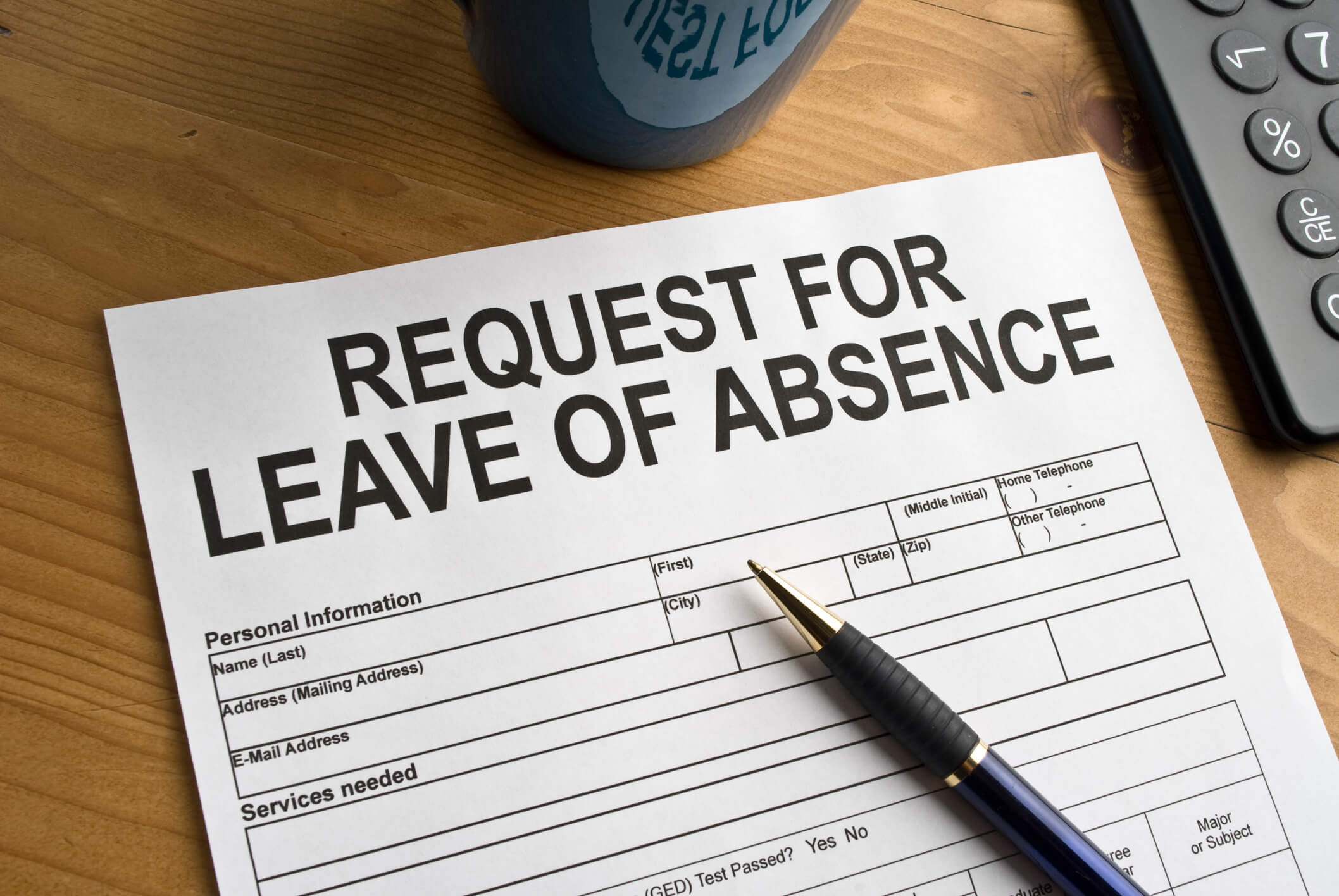On March 27, 2020, President Trump signed into law the Coronavirus Aid, Relief, and Economic Security (CARES) Act, intended to stimulate the national economy in the wake of the COVID-19 pandemic. The bill would provide $2 trillion in direct financial assistance to Americans, ease access to loans and other economic assistance to businesses of all sizes, and provide aid and support to healthcare providers.
Below is a summary of the significant provisions in the CARES Act.
Paid Leave Provisions in the Families First Coronavirus Response Act
The CARES Act makes a couple of changes to the paid leave provisions in the Families First Coronavirus Response Act (FFCRA), which was enacted on March 18, 2020.
- First, employees who are laid off after March 1, 2020, and then subsequently rehired are entitled to the emergency family leave and sick leave provisions as provided by the FFCRA.
- Second, the CARES Act provides funds to federal agencies in order to reimburse federal contractors for paid leave that they provided to certain employees or subcontractors who were unable to work as a result of the COVID-19 crisis and who also cannot telework because their job duties cannot be performed remotely.
Unemployment Insurance
Unemployment insurance (UI) is a joint state-federal program that provides cash benefits to eligible workers. Each state administers its own UI program, including its own eligibility criteria and benefit amounts, while following federal guidelines. In this regard, states will have to enter into specific agreements with the U.S. Department of Labor in order to take advantage of many of the increased benefits provided by the CARES Act. These benefits include:
- A temporary Pandemic Unemployment Assistance (PUA) program through December 31, 2020, to provide payment to workers who are not traditionally eligible for UI, such as the self-employed or independent contractors (including so-called gig economy workers), who are unable to work as a direct result of the coronavirus public health emergency.
- An additional emergency increase of $600 per week payment—termed by the legislation as “Federal Pandemic Unemployment Compensation”—to each recipient of UI or PUA for up to 4 months.
- Funding to pay the cost of the first week of UI through December 31, 2020, for states that choose to pay recipients as soon as they become unemployed instead of waiting one week before the individual is eligible to receive benefits.
- An additional 13 weeks of unemployment benefits through December 31, 2020.
- 100 percent funding of “short-time compensation” programs through December 31, 2020, where employers reduce employee hours instead of laying off workers and the employees with reduced hours receive a prorated unemployment benefit.
- Grants and start-up costs for states to develop short time compensation programs.
Our recent article, “Employers and Workers Impacted by COVID-19: Expanded Unemployment Programs Have Arrived,” provides a detailed analysis of the unemployment insurance provisions in the CARES Act.
CARES Act Financial Assistance
Small Business Administration (SBA) “Paycheck Protection Program”
- About. This $349 billion lending program is intended to help keep small businesses running and to keep their workers employed. It is modeled after the existing SBA 7(a) program but the loans here are 100 percent guaranteed, as opposed to 75 percent.
- Eligibility. The program generally covers:
- small businesses and nonprofits with fewer than 500 employees;
- hospitality businesses with fewer than 500 employees at each location;
- sole-proprietors, independent contractors, and self-employed individuals.
- Loan Forgiveness. This program provides loan forgiveness equal to the amount spent on payroll (capped at $100,000 in wages), rent, mortgage interest, and utilities for eight weeks beginning on the origination date of the loan. The loan forgiveness provisions will be reduced in proportion to any reduction in employees and to a reduction in employees’ pay of greater than 25 percent.
- Timing:
- The provisions are retroactive to February 15, 2020, and cover loans from that date to June 30, 2020. The retroactivity provision is intended to encourage rehiring.
- The SBA will be required to issue implementing regulations within 15 days of the law’s enactment.
Economic Stabilization for Distressed Industries
- This part of the act provides for $500 billion in lending as follows:
- $25 billion for passenger airlines;
- $4 billion for cargo airlines;
- $17 billion for businesses critical to “maintaining national security;” and
- $454 billion for loans, loan guarantees, and investments in support of facilities established by the federal government under section 13(3) of the Federal Reserve Act authority for the purpose of providing liquidity to businesses, states, or municipalities
- This assistance is available to businesses that otherwise do not receive relief under the act.
-
- Borrowers that accept direct lending (those in categories 1, 2, and 3 above):
- may not buy back stock or issue dividends while the loan is outstanding,
- must maintain employment levels as of March 24, 2020 (to the extent practicable), and
- must adhere to limitations placed on executive compensation increases.
- Other borrowers are generally prohibited from buying back stock and issuing dividends while this loan is outstanding plus an additional year.
- Borrowers that accept direct lending (those in categories 1, 2, and 3 above):
- This program also authorizes the secretary of the U.S. Department of Treasury to establish a” Main Street Lending Program.”
Union Neutrality Requirements Attached to Loans
As part of the Federal Reserve lending provisions, the bill states that the Department of Treasury’s secretary “shall endeavor to seek the implementation of a program or facility” to make loans to employers with 500 to 10,000 employees. One of the requirements of borrowing through such a potential program is that the borrower makes a good-faith certification that it “will remain neutral in any union organizing effort for the term of the loan.”
It is important to note that this requirement applies to just one type of loan program that may not even be created. Even if such a loan facility is created by the Treasury secretary, employers are not required to use this facility and may borrow elsewhere.
Business Tax Benefits
- Retention Credit. In certain circumstances, the CARES Act provides a payroll tax credit for 50 percent of wages paid by employers to employees, up to $10,000 per employee.
- Payroll Tax Delay. Employers are permitted to defer the payment of their share of the Social Security tax—half of the share owed by December 31, 2021, and the other half by December 31, 2022.
Retirement / Pensions
- The act’s retirement-related provisions allow single-employer pension plan companies to delay the due date for any contribution otherwise due during 2020 until January 1, 2021.
- The provisions waive the required minimum distribution rules for certain defined contribution plans and individual retirement accounts (IRAs) for 2020.
- According to the act, there is no withdrawal penalty for distributions of up to $100,000 from qualified retirement accounts for COVID-19-related purposes.
Individual Rebates
All U.S. residents with adjusted gross incomes of up to $75,000 ($150,000 for married couples), who are not a dependent of another taxpayer are eligible for the full $1,200 ($2,400 for married couples) rebate. In addition, they are eligible for an additional $500 per child.
For additional information on certain payroll provisions of the CARES Act, see Payroll Relief Under the CARES Act Softens the Financial Impact of COVID-19 for Employers.
Ogletree Deakins will continue to monitor and report on developments with respect to the COVID-19 pandemic and will post updates in the firm’s Coronavirus (COVID-19) Resource Center as additional information becomes available. Critical information for employers is also available via the firm’s webinar programs.







